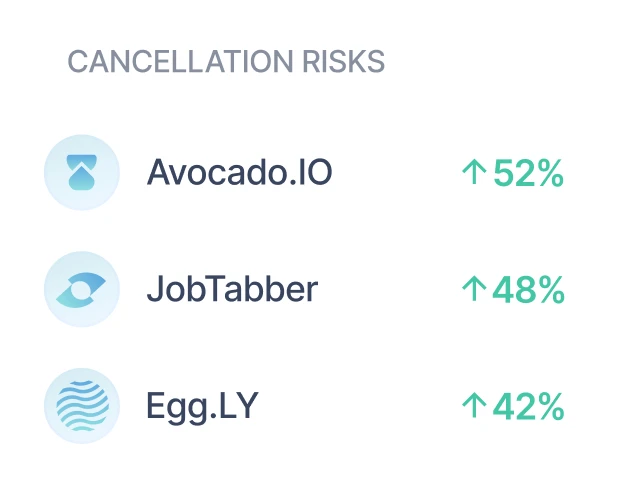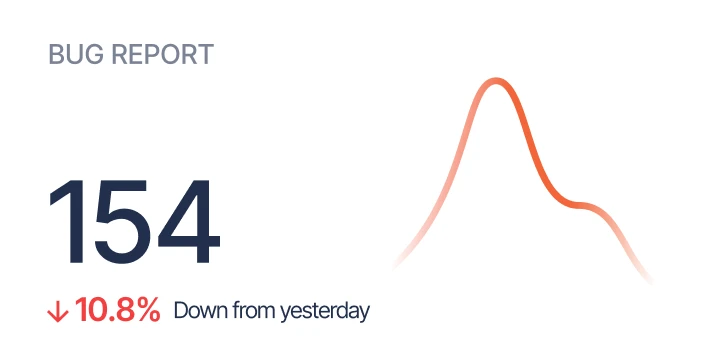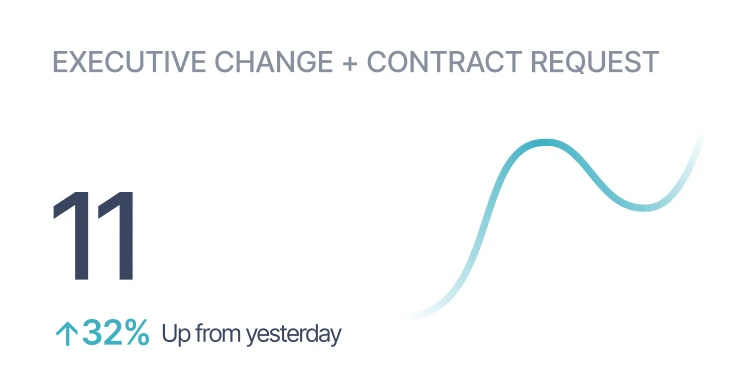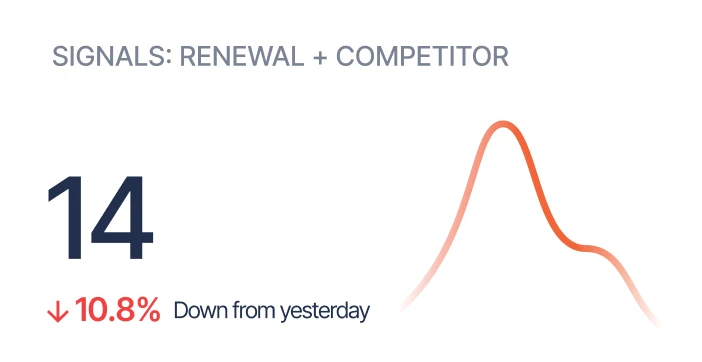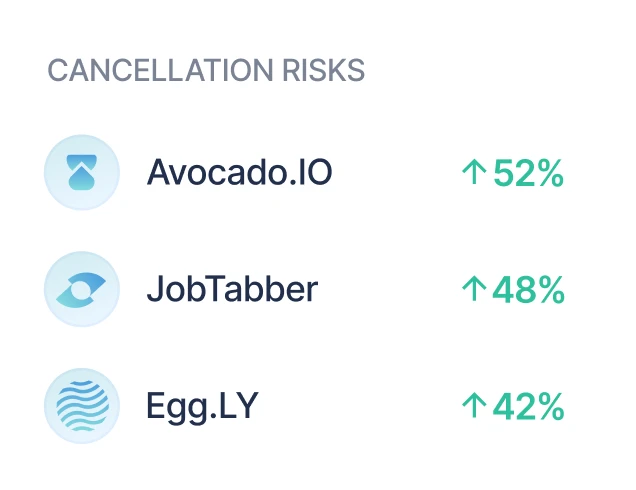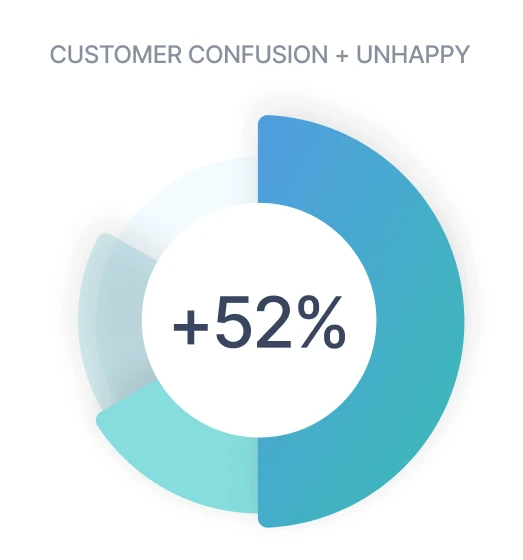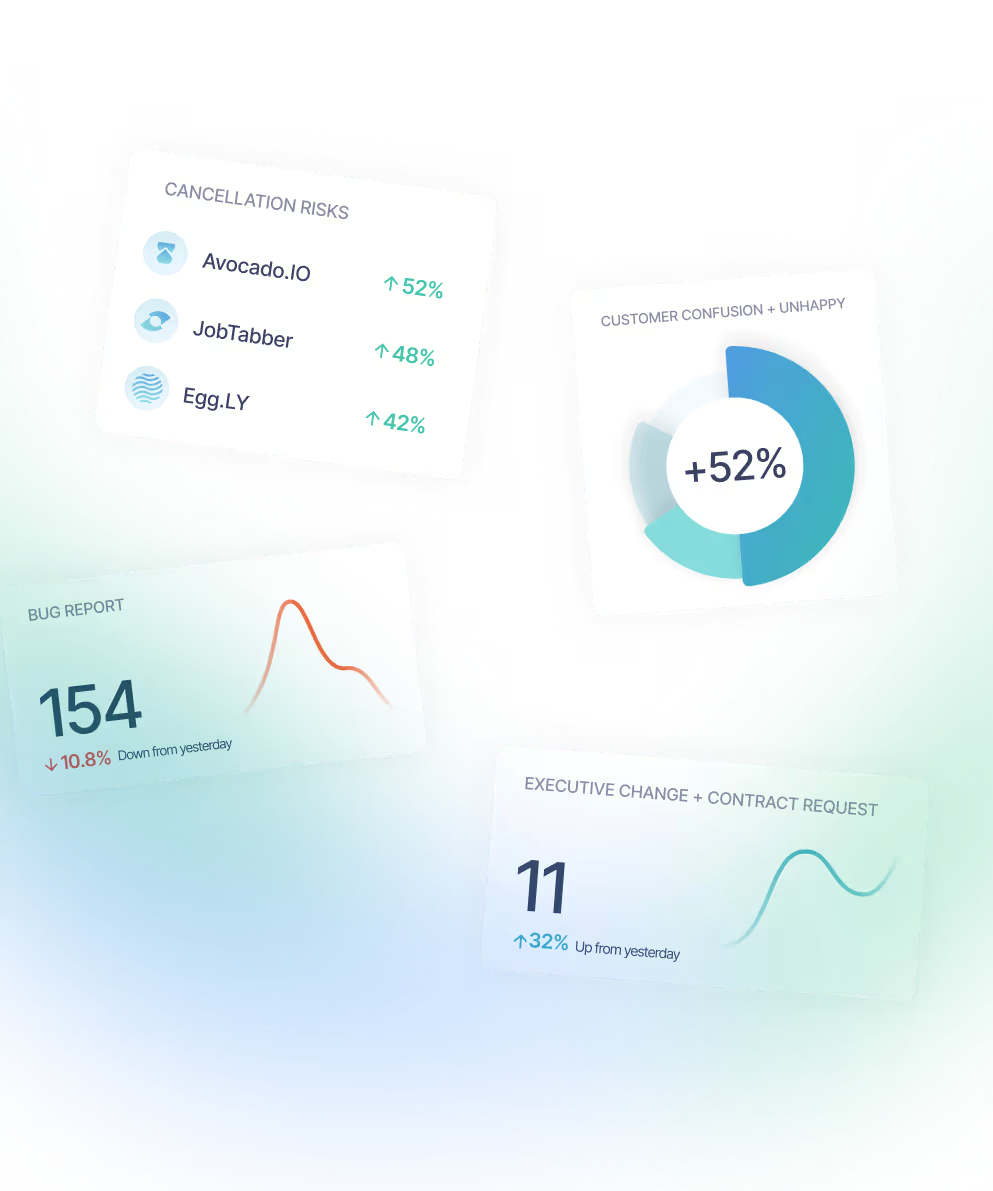About the Author
Hi, I'm Steve Hazelton. I am one of the founders of a startup that helps businesses better understand their customers by using AI to identify risks and opportunities inside the unstructured data trapped in emails, chats, and phone calls. I received help writing this article by using generative AI for data collection (if you don’t know what that means, you are not alone, go here).
Caveat Emptor: Since I am the founder of a startup that relies heavily on AI to find happy and unhappy customers, I certainly have "bought in" to using AI for business to leverage untapped data streams. So, consider yourself warned. I also started my career a long time ago as a recruiter for technology companies, later built and sold an HR tech company, and later started an AI company…so the intersection of AI and career advice collide here.
Introduction
Often lost in this discussion of AI technology is the discussion of its impacts on our teammates and coworkers. What does the widespread adoption of AI in business mean for the careers of people who work at these businesses? While many of us are, and should be, concerned about job destruction, I want to talk about job creation.
Note: There is, at present, endless discussion on AI technology, which I won't bore you with here. If you want to learn about the different types of AI and AI tools, like Generative AI, Synth AI, Machine Learning, and others, you can read an article our co-founder wrote here.
From a career standpoint, the most significant change our businesses will see this decade is creating a new, high-paying job in AI Operations. This article will help you, the reader, define this role when you decide to hire this person, or if you desire to be that person, how to create the role in your company.
This person will leverage AI tools and products to improve a business's top and bottom-line revenue. They'll find revenue opportunities, prevent cancellations or churn, and make people more efficient. They will be indispensable.
Dan Corbin, an instructor at the Pragmatic Institute, states, "If you can change your mindset as a company and understand the capabilities of AI, this is where AI operations come in. You need this AI Operations Director to ask, "How do we tackle this from a macro level?" You must think about AI from an organizational perspective to leverage it to its full capacity."
We are at the beginning of a major, major shift in employment. Fifty years ago, did companies have an IT Manager? No, but they do now. Thirty years ago, did they have an e-commerce manager? Again, no, but they do now. Ten years from now, will companies have someone in charge of AI operations? Of course, they will.
Adoption is inevitable because the gains are too significant. As Mike Evans, Director of Customer Care and Analytics at Laerdal Medical, states, "You need someone to own this." Companies like MassPay have already implemented such a role, which they attribute to the 100% customer retention of their "Top 100" last year. Hawke Media, the top performance marketing agency in the country, shifted the purview of their existing Director of Business Intelligence to include AI Ops. They then improved revenue retention by 30% MoM in less than six weeks.
With that out of the way, let's get started.
The Role of a Director of AI Operations
As businesses continue to embrace AI technologies, the need for dedicated professionals to implement and oversee these systems will become critical. Enter the Director of AI Operations.
At its core, this role is creative: you need to think of new ways to solve old problems in ways that have never been done before. "How can we use tomorrow's tools to solve our problems today?" This is a key point. AI will help you solve problems in ways you never considered before because they were previously impossible.
The Director of AI Operations will be the key player responsible for developing, implementing, and managing AI strategies.
The AI Business Director should be able to create and implement an AI strategy that answers the following:
How can we use AI to find revenue opportunities?”
How can we use AI to identify and reduce revenue risks?”
How can AI make our teammates more efficient?”
This multifaceted role requires a deep understanding of AI vendors, data privacy, and a visionary mindset to leverage AI's potential effectively.
Note: This job does not require coding. This person isn't building AI; they are identifying the areas where AI can improve business performance.
Let's take a closer look at the responsibilities of this job:
Strategy Development: "What problems are we trying to solve?" The Director of AI Operations collaborates with various departments to identify areas where AI can be integrated to capture risk and opportunities or to improve efficiency. They create a comprehensive AI strategy aligned with the business's overall objectives.
Data Discovery: "What data could AI illuminate that we've previously been unable to use?" For example, a Director of AI Operations could use emails to create a new data stream that correlates customer product confusion with unhappiness and eventual cancellation.
Data Management: "What are the security, privacy, and regulatory challenges with our approach." AI heavily relies on quality data to make accurate predictions and decisions. The Director ensures that data is collected, cleaned, and stored securely. This person should be able to deep-dive on a vendor's privacy and regulatory compliance.
Implementation: "What systems will we need to leverage, and how will we accomplish this?" Once the AI strategy is in place, the Director oversees the implementation of AI projects, ensuring seamless integration with existing systems and addressing any technical challenges that arise. Just as important, this person will need to drive the "people-side" integrations and help people leverage these new data streams.
Performance Monitoring: "What are the success criteria?" Monitoring the performance of AI systems is critical. The Director tracks key performance indicators to measure the impact of AI applications and makes adjustments as needed. Critical here is to answer, "Is this driving the desired outcomes?"
Ethical Considerations: "Should we even use AI for this?" Some AI systems handle sensitive data and will replicate previous biases. A crucial question is, "Is the AI making decisions?" If "yes," then much thought should be put into whether or not AI is appropriate.
Growth of AI Jobs
According to a study conducted by the World Economic Forum, AI is estimated to create 58 million new jobs by 2024. This includes a wide range of roles, from data scientists and AI engineers to, of course, Directors of AI Operations. According to HireEZ, one of the world's largest outbound recruiting platforms, demand for AI-related positions has risen by 60% since 2021.
On the flip side of that coin, higher education and e-learning platforms are seeing a surge in interest in AI courses. Pablo Garcia, Content Lead at CXL, the top marketing e-learning platform, states, "CXL saw a much higher interest in AI courses among our students in 2023, with a 785% increase in engagement for the Advanced AI in Marketing course."
As more companies recognize the potential of AI and seek to stay competitive in the market, the demand for AI professionals is set to skyrocket. A survey conducted by Deloitte further reinforces the growing importance of AI in businesses. It revealed that around 61% of surveyed companies have already implemented some form of AI into their operations. That means 61% of respondents are looking to hire a Director of AI Operations if they haven't already. Don't get left behind.
Where to Start
If becoming your company's Director of AI Operations seems daunting, don't be discouraged if you don't have experience. Very, very few people do. Get started now, and you'll be far ahead of everyone else.
Where would I start? I would look at my current role and think, "How could AI help my current company keep customers longer? Or, how could AI make my group more efficient?"
What problems are we trying to solve?”
What data could AI illuminate that we’ve previously been unable to use?”
What are the security, privacy, and regulatory challenges with our approach?”
What systems will we need to leverage, and how will we accomplish this?”
What are the success criteria?”
Should we even use AI for this?”
Get on it! Also, if you’d like more help, download our AI Retention Plan & Calculator.
Are you looking to hire someone to manage AI Operations?
While writing this article, a friend sent me a job description for a “Head of AI Product Management” at a significant online streaming company. It pays 900k/year. Hmmm… A recent Sturdy poll on LinkedIn concluded that over 50% of respondents already have someone in an AI Operations position, with 25% looking to fill the role in 2024. If you’re interested in hiring for a Director of AI Operations, feel free to copy and paste the job description below:
Director of AI Operations
Role Overview: The Director of AI Operations will be the key player responsible for developing, implementing, and managing AI strategies. This multifaceted role requires a deep understanding of AI vendors, data privacy, and a visionary mindset to leverage AI's potential effectively.
Key Responsibilities:
- The Director of AI Operations collaborates with various departments to identify areas where AI can be integrated to capture risk and opportunities or to improve efficiency. They create a comprehensive AI strategy aligned with the business's overall objectives.
- Identify areas of improvement throughout the business and implement AI workflows.
- The Director ensures that data is collected, cleaned, and stored securely. This person should be able to deep-dive on a vendor's privacy and regulatory compliance.
- The Director tracks key performance indicators to measure the impact of AI applications and makes adjustments as needed.
- Once the AI strategy is in place, the Director oversees the implementation of AI projects, ensuring seamless integration with existing systems and addressing any technical challenges that arise.
- Stay updated with the latest generative and synthesis AI trends and technologies to ensure the company stays ahead of the curve.
- Develop AI strategy and roadmap and act as the foremost thought leader on ethical considerations such as how AI systems handle sensitive data.
- Train colleagues and other teams on AI workflows and best practices for their departments.
Requirements:
- Bachelor’s degree in Computer Science, Data Science, or a related field. Master’s degree preferred.
- Proven experience identifying areas where AI can improve business performance and executing those strategies.
- Strong analytical and problem-solving skills.
- Ability to work collaboratively with diverse teams.
- Excellent communication skills, both written and verbal.
As always, thanks for reading. Feel free to reach out to us to talk further.
Steve
.png)





